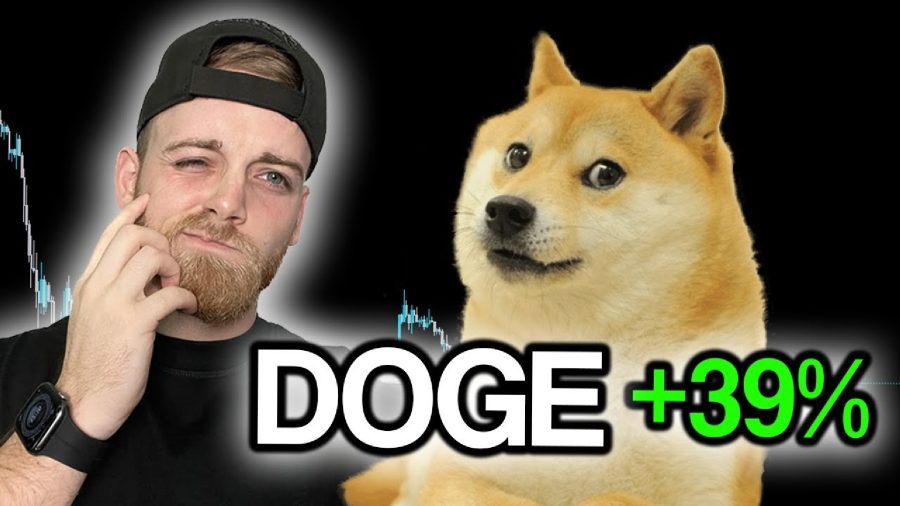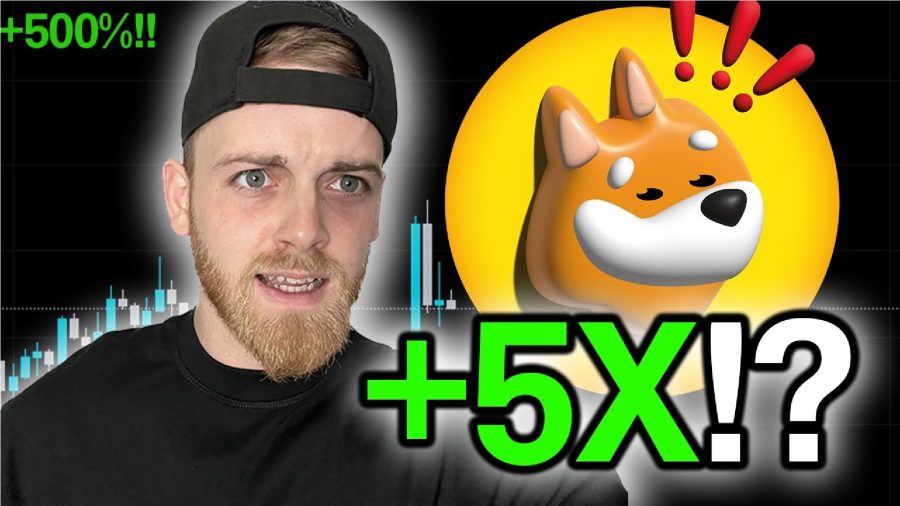At this year’s Made on YouTube event on Sept. 18, creators like Michelle Khare received exciting news: They will soon be able to organize their videos into seasons and episodes, much like traditional television shows.
YouTube CEO Neal Mohan invited Khare on stage for a Q&A to discuss the announcement. Khare is the creator of Challenge Accepted, a high-stakes digital series in which the 32-year-old takes on challenges ranging from working as a 911 dispatcher to training as a ballerina. Her videos, known for their premium quality, run between 15 and 24 minutes and consistently attract millions of views. With nearly 5 million subscribers, Khare has built a dedicated audience.
This announcement comes as YouTube continues to dominate as the most popular streaming service on U.S. televisions, with 150 million people watching YouTube on TV screens monthly. The platform’s success is driven by its hands-off approach, trusting creators like Khare to craft content that resonates with audiences. Earlier this year, Mohan urged Emmy voters to recognize YouTube creators, though popular shows like Hot Ones, Chicken Shop Date, and Good Mythical Morning were overlooked for nominations. This latest update solidifies YouTube’s growing role in the television landscape.
Following the announcement, Khare spoke with Mashable about the new feature, what it means for Challenge Accepted, and how her creative process fuels YouTube’s evolving TV strategy.
Mashable: Have you ever thought about Challenge Accepted in terms of episodes and seasons prior to this announcement?
Michelle Khare: Our team always tries our best to think about things in terms of seasons and episodes. We think about, “What’s the tone of this show? What’s the release cadence? What’s our format?” Previously, we organized things by season in playlists. Now through the new structure of the television app, we can formally organize things in terms of genre, episode, season, series. It just elevates our content even further.
What’s your reaction to the update?
As creators, we can only focus on the content we create and we put it on the platform. It’s really cool that the platform is evolving so that it positions our content as premium. I imagine it has the same feeling as when someone’s in a movie and they see the poster in Times Square. As someone who loves premium television content, seeing our stuff in that limelight was really cool. It affirms what we’re already doing with Challenge Accepted and it makes me even more excited to lean into that episodic format.
I imagine it gives you more control of how a viewer interacts with your content.
When you watch your favorite premium show, sometimes you’ll watch one episode and realize you have 12 more episodes you can finish right after. I hope that [the update] will encourage people to watch more of Challenge Accepted when they stumble upon a standalone episode. They may realize, “Oh my gosh, I can watch more of this show, and it’s all organized here for me.” It takes a lot of the thinking and digging work out of the equation for the viewer.
Do you think the new format will make it easier to attract new viewers?
Right now to discover new content, you open the home pages to tons of videos, or the sidebar, when you’re watching one video, you see a bunch of suggested. Now, you’re not only introduced to one episode or a new creator but the world of this creator.
When did you start making your videos for television? What was the process like of shifting over to that level of production?
I’m gonna be honest, it wasn’t a conscious choice of wanting to be seen on television. Our team is a mixture of people from both traditional and digital backgrounds. We have people who have worked on feature films, Oscar-nominated stuff, and Saturday Night Live. Our output now feels premium, which is a wonderful thing to hear. But genuinely, it’s just been about, “How can we make the best 30 minutes possible out of this story?”
Our team leans into [television] because they are from traditional television. But that said, creating for YouTube is a different animal because we’re creating with the audience in mind. We’re creating with the mindset of respecting the viewers’ time, listening to their suggestions, and being aware that their time can be spent anywhere, and that it’s on us to make a story that commands and interests their attention for long periods of time.
How do you choose a challenge?
Many of our initial episodes were born out of a whiteboard brainstorm of “What are Michelle’s biggest fears?” and “What are the unique situations to put me in to confront them head-on?” We use that as a building block to use the challenges as a way to overcome fears, because it creates conflict and creates story. For example, I want to be a firefighter, but I’m not brave enough. Or I want to be a pageant queen, but I don’t know if I’m graceful. We started using those one sentence formats to kind of inspire the different things we do.
That’s so interesting, I wondered how you created so many challenges with a similar level of intensity.
Conflict creates story. Story creates growth. Watching other people grow are the stories that we’re most interested in, whether they’re scripted or unscripted. That’s really the angle we were coming back from.
Are there any jobs you tried where you thought, “Maybe I should have pursued this instead of being a creator?”
I love being a creator, and I’m not just saying that because we’re at Made on YouTube 2024. I really, really love it. Being a professional jack of all trades is my ideal profession. Behind the scenes, I love running our studio, our production company, and our team and growing into [being a] CEO and leader. It’s such a privilege to be an entrepreneur in this space. I hope to be doing it for a really, really long time.
Do you have a golden rule for for content creation?
Because our episodes are intense and in-depth, we have a pretty thorough vetting process before we greenlight an episode. We think about how we feel it will perform. Is it something our audience has been requesting? Are we, as a team, excited by it? That’s often the question I find us asking the most. Analytics and getting feedback from the audience is wonderful, but we don’t move forward unless our team’s heart is in it. That comes from a practical perspective because if we greenlight a project we’re going to be working on it for the next several weeks or months, sometimes even up to a year.
Challenge Accepted is a show about pursuing novel life experiences, and I once heard that people who have more novel life experiences feel like their lives are longer. I think about that a lot. It’s such a privilege to be able to think critically about where our time is spent and how much joy is created in the day-to-day. Ironically, that has led to the passion that our audience sees in each individual episode.
Is there a challenge you wouldn’t accept?
We’re really fortunate that we’re in this position where we’re continuing to push the envelope. We’re very inspired by a lot of other creators around us. I’m excited to play in new worlds. What I love is that if you asked me a year ago what the next 20 episodes of Challenge Accepted are going to look like, I probably could have told you the next five. But fast forward a year, and there are things that we’ve released this year that I would have never even conceptualized a year ago.
What I love about the internet is that you can create quickly versus the traditional Hollywood system, where we would have greenlit several episodes a year ago, shoot them whatever, they don’t come out for another entire year. A person can grow a lot in a year. So I love being able to create and release as it is relevant, impactful, meaningful, and heartfelt to us in each moment.
What advice do you have for someone just starting and looking for financial stability as a creator?
There’s a reason so many people want to be content creators. I’m not going to lie: It rocks. But it’s a very slow process that begins with creating content and learning your voice while you have another job. You’re doing it in your free time to the point where you can’t wait for the weekend because you get to work on this other thing. From there, you develop your voice and consistency. You can fail in a safe environment. Then, you can grow to the point where that becomes your full-time thing. But you have to feel really solid about your content before it becomes your whole world.
How do you combat creative burnout? Obviously, you have a team that supports you.
The people I look up to the most are very busy. I love moving at a fast pace. But the best parts of the job are also stepping away from the content and doing things that have nothing to do with making YouTube videos. You have to be a real person to tell real stories. You have to live life to have a story to tell. That time away from filming and producing and the office is so important to know what’s really going on.






























